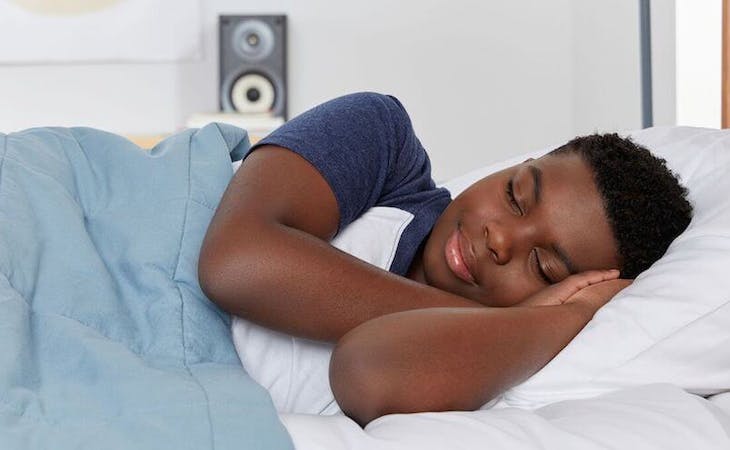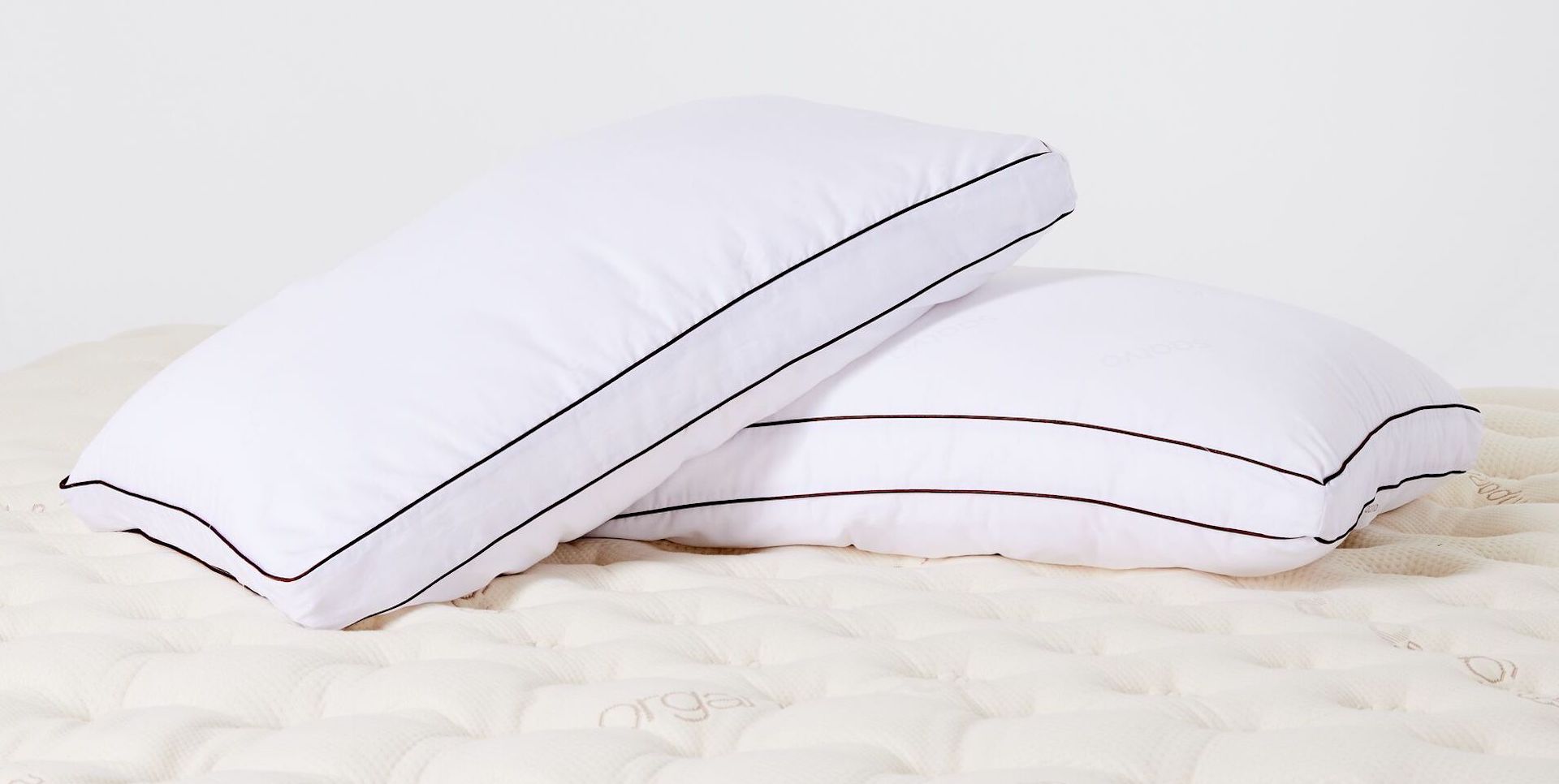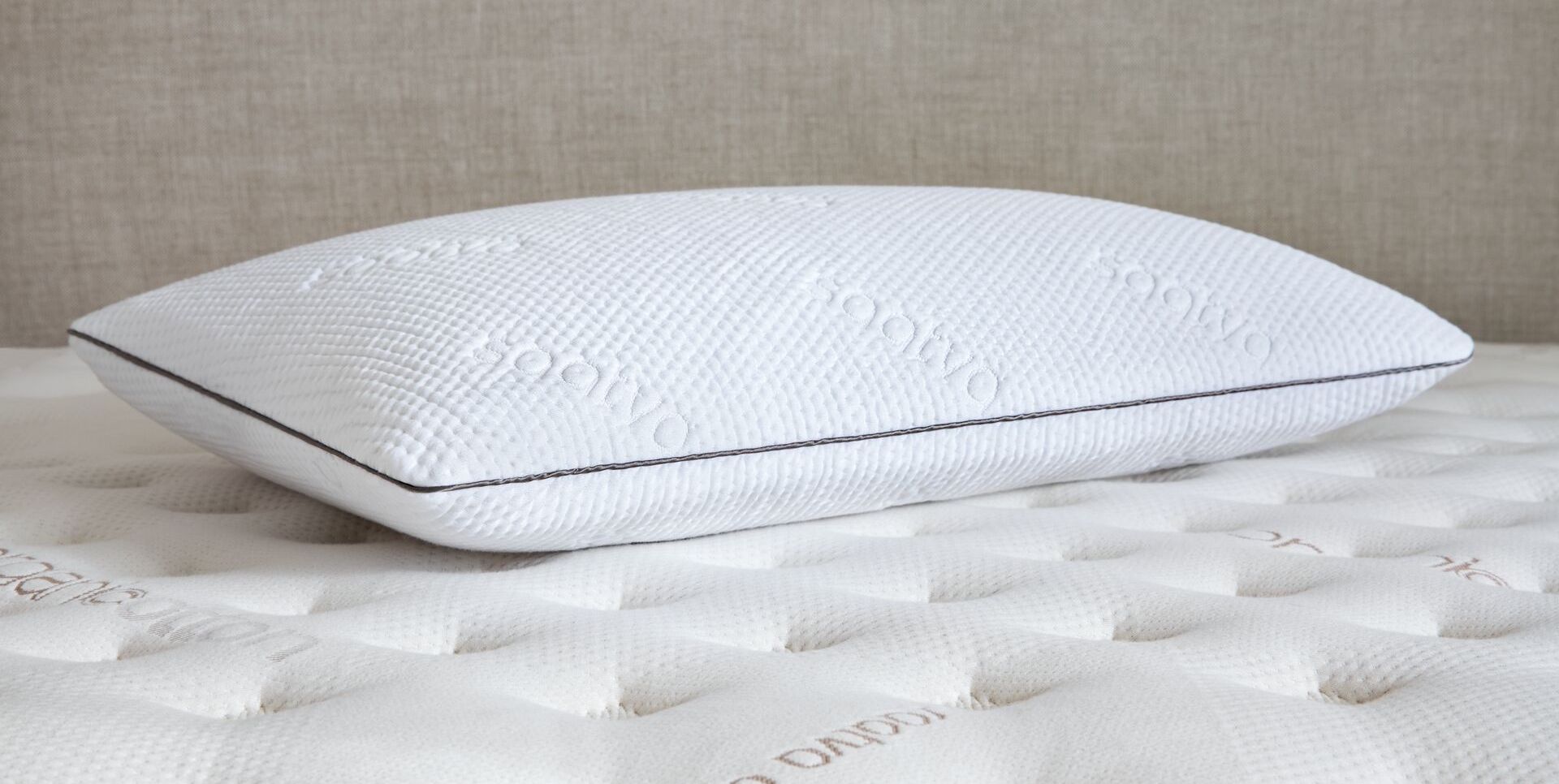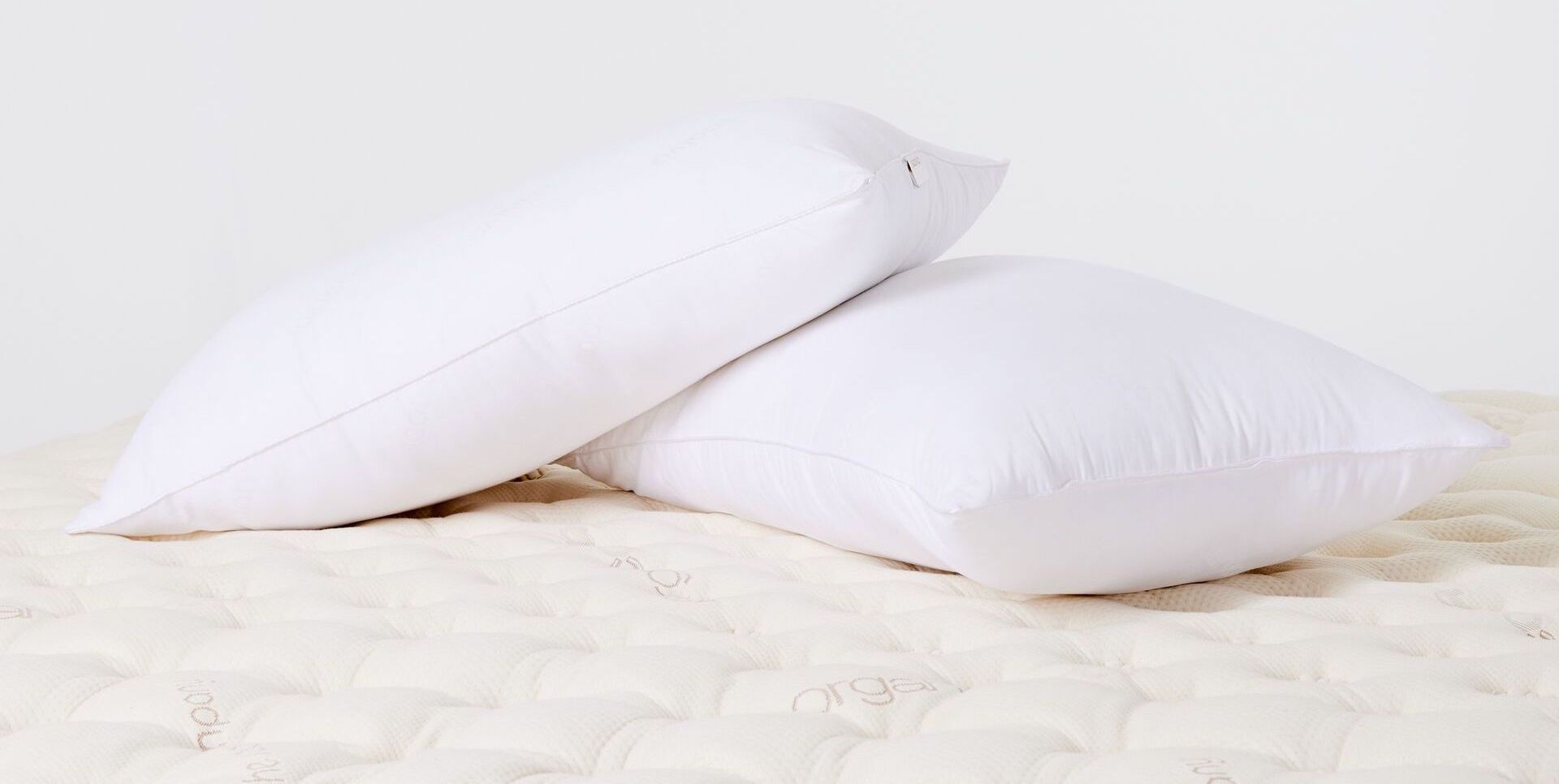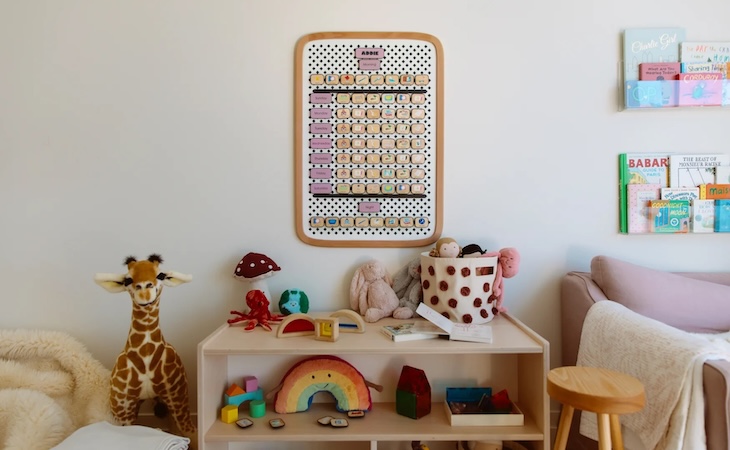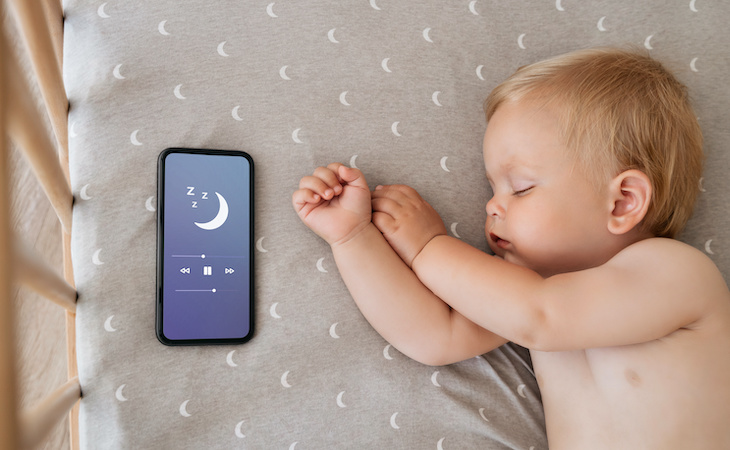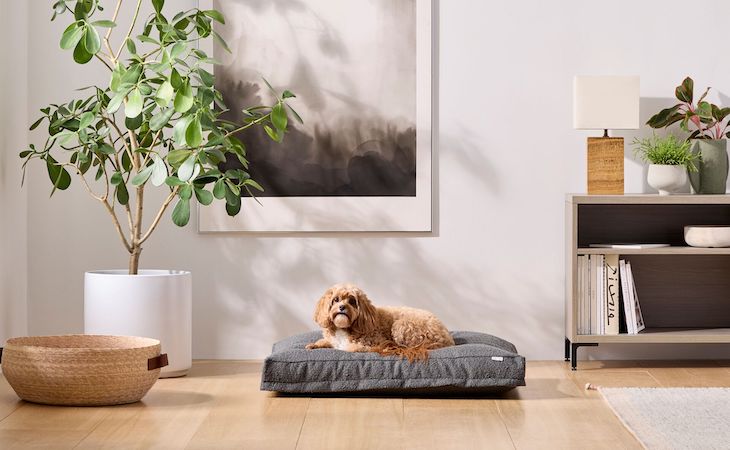Whether you have a toddler or a teen, the fact of the matter is, the right pillow can make or break your child’s sleep. And as we’ve reported previously, quality sleep is necessary for a child’s growth and development.
Best pillow for kids
To help ensure your offspring—whether they’re 2, 10, or 17 years old—is as safe, supported, and comfortable as possible in bed, we’ve put together this guide to pillows for kids of all ages.
Toddlers
It’s important to note that babies don’t need pillows. The American Academy of Pediatrics recommends that babies sleep on their backs on a firm surface with only a fitted sheet and no pillow to avoid sleep-related infant deaths.
Starting around age 2, a small, firm, appropriately-sized pillow (around 13 x 18 inches) should provide sufficient support for your toddler’s neck and spine. Your child’s first pillow “should be thinner and lean more to the firmer side to decrease the chance of suffocation,” says Thomas Tozer, chiropractor with Imperium Chiropractic in Ladysmith, Wisc.
Safety is a major consideration for toddlers, so Tozer says to make sure that the fill of the pillow wouldn’t be a choking hazard if it is accidentally opened up.” That means you should avoid fill made up of hard grains or seeds. A fiber-filled pillow is ideal for toddlers.
Does your wee one have allergies? Be sure to take these into account when selecting a toddler pillow as well. A hypoallergenic pillow is a wise choice because it’s resistant to common allergens, like dust mites, mold, and mildew.
One such hypoallergenic feature to look for in a toddler pillow is an organic cotton cover. Organic cotton is also breathable and soft, and it’s usually manufactured without harsh dyes that can cause skin irritation.
Because toddlers can be pretty messy, look for a pillow that’s machine-washable or one that has a removable machine-washable cover.
Young children
When your child is 4 or 5 years old, you’ll want to transition them to a larger pillow-one that’s around 16 x 22 inches—for optimal neck and spinal support during sleep.
“This larger pillow will provide the appropriate size accommodation to support proper sleeping posture,” explains Tozer. (A standard adult pillow, for comparison, is around 20 x 26 inches.) Generally, kids’ pillows are a little softer than firm toddler ones.
You may want to look for a company that sells kids’ pillows designed for specific age groups to ensure your child is getting the right amount of support while they sleep. It’s common to find pillows for 4- to 5-year-olds, pillows for 6- to 8-year-olds, and pillows for children ages 8 and up. (The National Sleep Foundation recommends replacing pillows every one two to years, so you’ll want to swap your child’s pillow out regularly anyway.)
When it comes to fill, down and memory foam are two good options for growing children. Down provides a lightweight, fluffy cushion as well as support, while memory foam cradles the neck, shoulders, and head to provide optimal comfort and alignment. Some kids’ pillows even come with removable fill so you can create the perfect fit for your child.
Just as with adults, it’s a good idea to take your child’s sleep position into account when transitioning them to a larger pillow. If the child is a side sleeper, the pillow should support their head so it stays in the mid-line of their body, making sure that the pillow is not too thick so when the child is sleeping on their back their head isn’t propped up too far,” says Tozer.
Also take allergies into consideration, choosing a hypoallergenic pillow if necessary. Memory foam and latex pillows are naturally hypoallergenic, while Dacron is a good synthetic option. Encase pillows in zippered, dust-, and mite-proof covers to keep allergens out. (Here’s more advice on allergy-proofing your child’s bedroom.)
Tweens and teens
If your child is entering their tween and teen years, they’re probably ready for an adult-sized pillow. And a study published in the journal Developmental Cognitive Neuroscience found that a comfortable pillow and bedding can help teens sleep better.
Fifty-five Los Angeles teens, ages 14 to 18, tracked their sleep quality for two weeks through wristwatch-style monitors. Then they had their brains scanned at a lab. Researchers were surprised to find that the teens who reported greater satisfaction with their pillow and bedding had better sleep quality. (The researchers defined better sleep quality as fewer wake-ups during the night.) Better sleep quality was associated with greater brain function, while poorer sleep quality was linked to lower brain function and higher impulsivity.
What kind of pillow, exactly, is right for a teenager? As with adults, it really depends on your teen’s individual preferences. “We found that one size doesn’t fit all,” writes Adriana Galván, one of the Los Angeles teen study researchers, in Fast Company. “For some people, a flat pancake pillow soothes them into a sound slumber. For others, only a super-puffy cloud will do.”
FAQs
What kind of pillow should a child use?
The kind of pillow a child should use depends on their age. Therefore, you may want to look for a company that sells kids’ pillows designed for specific age groups to ensure your child is getting the right amount of support while they sleep. (It’s important to note that babies don’t need pillows.)
At what age can a child use a normal pillow?
A child can use a normal pillow when they enter their tween and teen years.
Looking for a new mattress for your kiddo? We asked a pediatric chiropractor for their best advice on choosing a child’s mattress.

